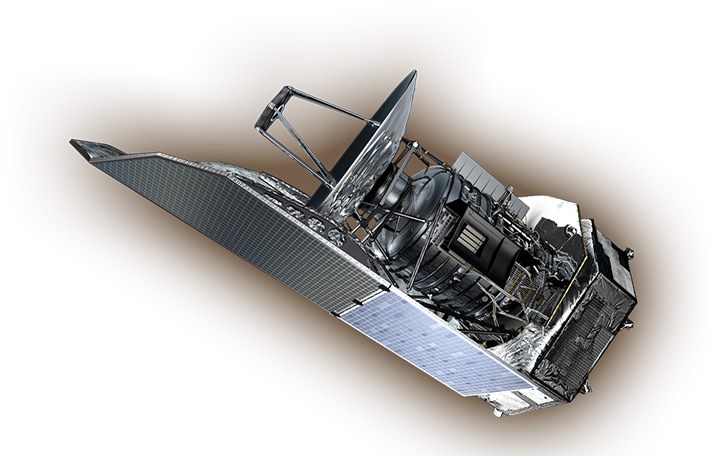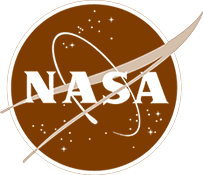NASA Contributions to the Herschel Space Observatory
Herschel was a European Space Agency mission with significant participation from NASA. NASA played a key role in the development of two of the mission's three instruments (SPIRE and HIFI), and made important contributions to data and science analyses.
Spectral and Photometric Imaging Receiver (SPIRE)
SPIRE used "spider web bolometers", which are 40 times more sensitive than previous composite bolometers. They were developed by NASA Jet Propulsion Laboratory (JPL) scientist Dr. James Bock, SPIRE's Co-Investigator. In recognition of his innovation, Dr. Bock received the Presidential Early Career Award for Scientists and Engineers in March, 2002, the highest honor the U.S. government bestows on outstanding scientists and engineers who are beginning their independent careers.
Heterodyne Instrument for the Far-Infrared (HIFI)
HIFI sensed radiation along six wavelength bands. NASA provided the mixers and local oscillator chains for the two highest bands, local oscillator components for four other bands, and power amplifiers.
NASA's Herschel Science Center
The NASA Herschel Science Center, part of the IIPAC at the California Institute of Technology, also in Pasadena, contributed science planning and data analysis software. The United States astronomical community, with the support of the NASA Herschel Science Center, competed for time on Herschel and thus contributes to the mission's science.







